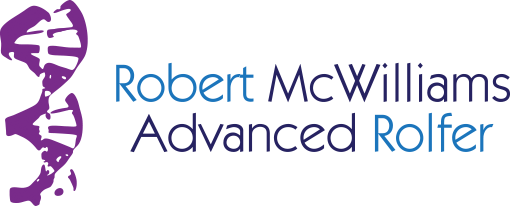I’m sitting in a cafe, writing a post about our sedentary lifestyle. While I write, I remind myself to add micro-movements to neck, thorax, pelvis, knees, toes. I let breathing ripple through me like a tide; some ripples large, some small, never symmetrical, each breath a unique moment in time. I remember the experience of driving in to town from my home, applying micro-motion to help stay alive as I drive. I remember noticing that allowing a fluid focus keeps my response time up rather than down, by allowing me to respond gently and appropriately to traffic rather than bearing down.There are ads on TV encouraging people to walk farther to their cars, to lose their excess pounds. This is great! Use the stairs! Walk to work, when you can, etc. What I’m getting at here is more basic to our experience of ourselves in space and time. Refuse to deaden yourself, physically, or at least, set functional limits, and see these as a way to promote better health, well-being AND better thinking and problem-solving. The evidence supporting this claim is close at hand to you. Find a place in your body that is stiff, itching to move, impatient or in pain and finds ways to move the area. If it’s too painful to move there, search around in your body for small movements that start to give you a sense of relief, like a small spontaneous sigh and “ahh” feeling. Do more of the ones that work. Exact repetition can deaden our experience of such a release, so give each motion a slightly different rhythm, speed and texture. Go smaller, rather than larger, in your attempted range of motion. Play with rocking, swaying, undulating, flexing, extending, circling, twisting. Enjoy putting motion into your pelvis so small, your co-workers wouldn’t notice (though you’ll probably want to practice that in private first!)To me, a major challenge of our computerized, sedentary times is to allow and utilize the inherent movement always present in our bodies; to develop and refine our bodily “felt sense” of the “all that” of a situation/environment ( after Eugene Gendlin in “Focusing”) as a resource rather than a distraction from the rational mind. The micro-movements I am referring to can reflect that felt sense back to you if you let them. What is the message in the movement right now? Could you put a word to it?After doing so, does it start to shift? Does this shift modulate, moderate, exaggerate or in any other way modify the earlier words used to put a “handle” ( Gendlin’s term, again) on the felt sense of the whole situation now?These messages don’t always provide cognitive resolutions to the problems they bring to light. For instance, sensing into my shoulders now, I can feel a sense of “holding myself back”. Sure, this begs the question: “from what?” Also, we can’t always vent our impulses with large muscular movements in the midst of social or work situations. This kind of movement might not be what your nervous system is “asking for”, anyway. Awareness and micro-movement in the area of your body that asks for it may allow more sensation, reflection and perspective to filter in to your thinking, giving depth and volume to what may have been a more 2-D sense of things. Gendlin says it takes 30 seconds of attention to allow a felt sense to come through our usual inner babble. Time yourself for thirty seconds to get a sense of how long that is, then try it! This has to have at least as much potential value as many things we are interested in. Astrology comes to mind here. It would…I am a Gemini, after all.

Does incessant foot tapping count? 😉
I think it’s important to promote freedom of movement during the day for our clients, especially the chronic computer users. This exercise gets us away from thinking of posture as a fixed position which I think is a pitfall of the typical ergonomic focus and into a “freedom in the moment” relationship with your body.